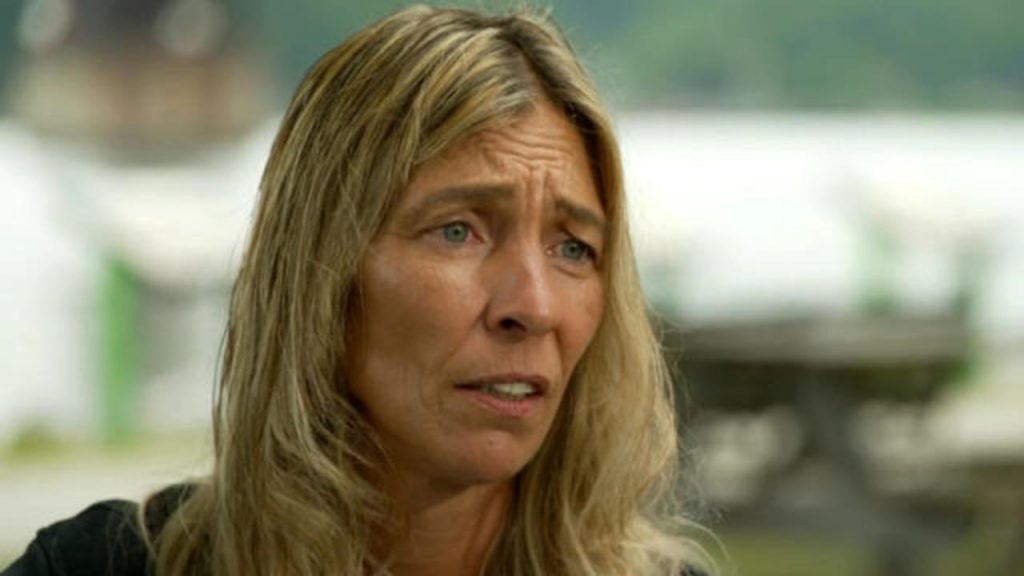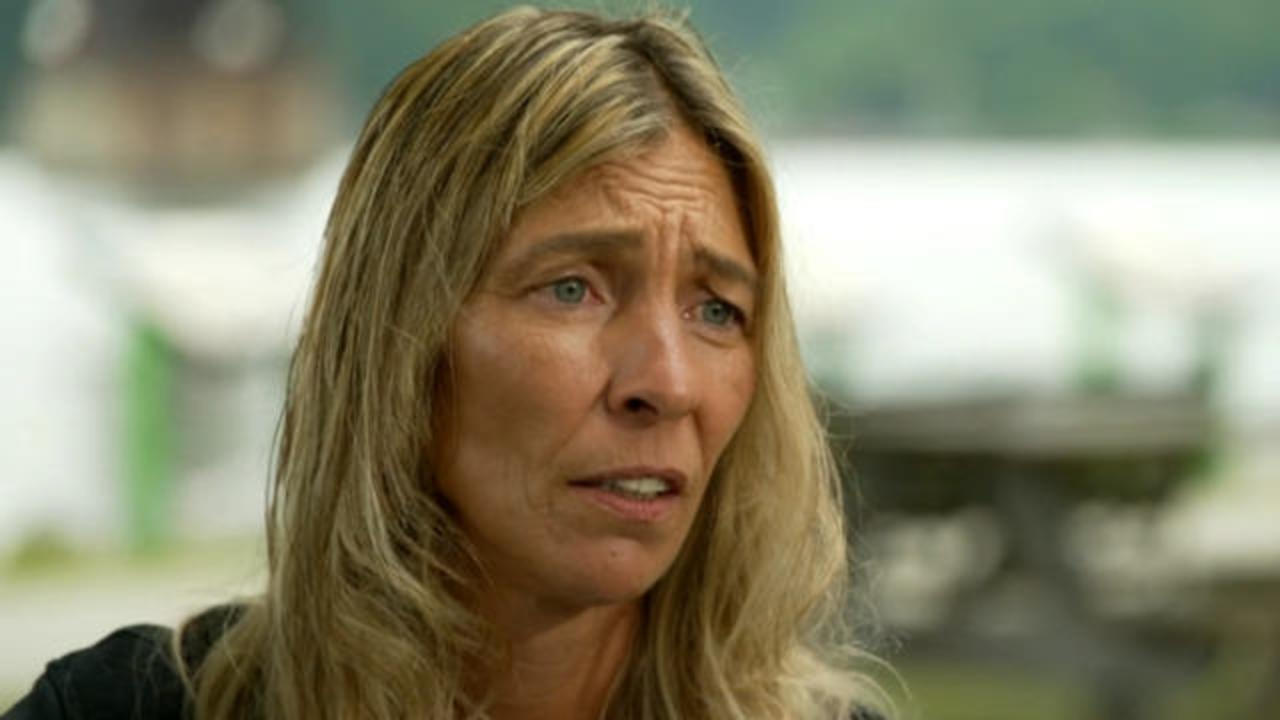The cause of homelessness is lack of housing.
Brandie LaCasse, single mother and Air Force veteran owns three properties in upstate New York, she is functionally homeless after falling on hard times herself, as she has been waiting on rent for nearly a year.

She said, when she notified her tenants they had to move out, so she could move in, the tenants stopped paying rent and stayed put.She and her daughter have been living out of her car and staying with friends.
“I’ve cried many nights, like thinking, ‘Where’s my money?'” she said.
Despite more than $23,000 in unpaid rent, LaCasse can’t force her tenants out because of state and federal moratoriums on evictions.
But federal money meant to alleviate such situations isn’t making it to landlords. Nearly 90% of rental assistance funds allocated by Congress has not been distributed, according to the Treasury Department.
“I don’t understand how they can give my private property to somebody to live for free. I bought that property. I fixed it up with my blood, sweat and tears,” she said.
The eviction bans were meant to protect vulnerable renters during the pandemic, but some property owners say they’ve become collateral damage.
A new report shows that nearly 10% of landlords around the country collected less than half of their rent in 2020. Landlords who owned fewer than six units were most affected.
“One thing that’s very clear is we have no housing safety net,” said the report’s co-author Vincent Reina, a housing policy expert and professor at the University of Pennsylvania. “We’re forcing low-income households and owners to essentially bear the cost of that in this current moment. And that’s unfair to both parties.”
LaCasse’s tenant, Carla McArthur, said she can’t pay rent because of childcare costs for her daughter and autistic son.
“I feel bad that I have not been able to pay her,” McArthur said. “We’ve gone from two incomes. I had COVID-19 twice. My kids all have had it once. My husband’s had it once. We’ve been affected by the virus.”
McArthur was approved for rent relief in New York, but the state hasn’t paid LaCasse yet. So far, New York has sent about 8% of its federal allotment of $2.6 billion in relief directly to landlords.
“I invested in these properties, never thinking I wouldn’t have a place to live,” LaCasse said. “I just want my house. That’s it. I just want my house.”
McArthur fears her family may be homeless after the moratorium ends. “I’m not sure what she may do when the moratorium’s lifted,” she said. “That’s what I’m afraid of, being homeless.”
Source – CBS News
Share this with your friends by clicking below!




